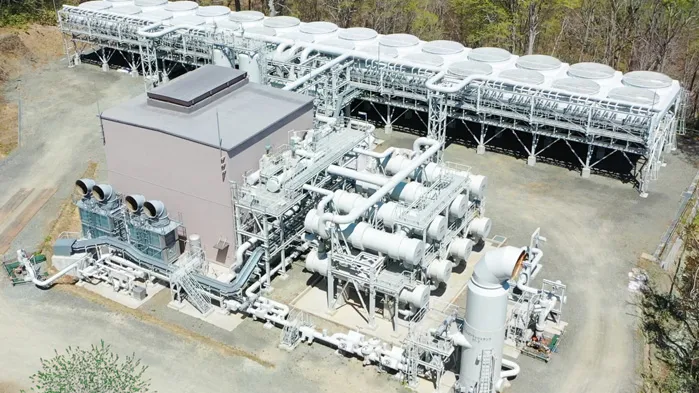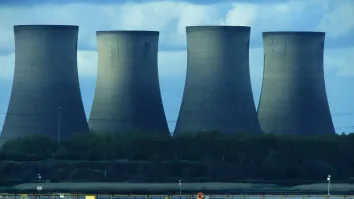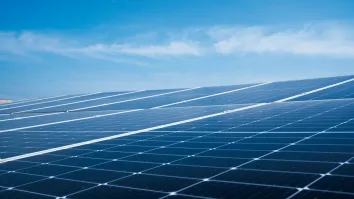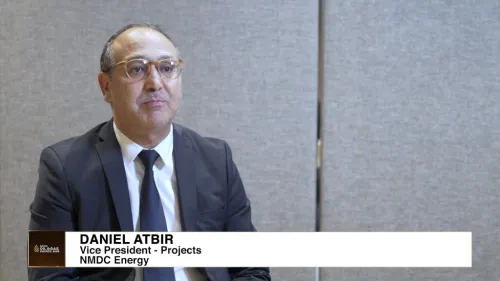
Japan's largest binary geothermal plant begins operations
The 6.5 MW power plant is located in the Minami-Kayabe region of Hakodate City.
The largest binary cycle geothermal power plant in Japan with a 6.5-megawatt capacity has started operations, according to ORIX Corporation.
The Minami-Kayabe Geothermal Power Plant uses a binary cycle power generation, meaning it vaporises a working fluid with a boiling point lower than water using heat from underground hot water and uses the steam to turn a turbine to generate electricity.
ORIX said most geothermal power plants in the country directly use steam or hot water from underground to turn a turbine.
ALSO READ: Sinopec drills deepest geothermal exploration well in China
The company added that this is also the first geothermal plant in the country to deploy a downhole line shaft pump, using durable pumps which can be used for prolonged periods.
“By using durable pumps designed for prolonged operation in geothermal environments, it is possible to extract sufficient heat even from low-temperature hot water, making large-capacity geothermal power generation possible in regions where it was previously challenging,” the company said in a statement.



















 Advertise
Advertise







